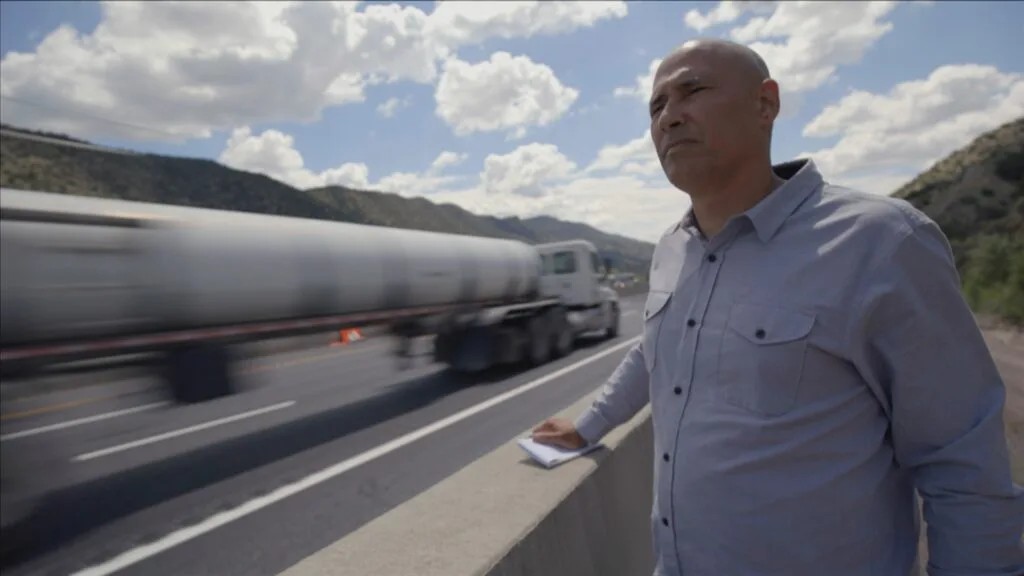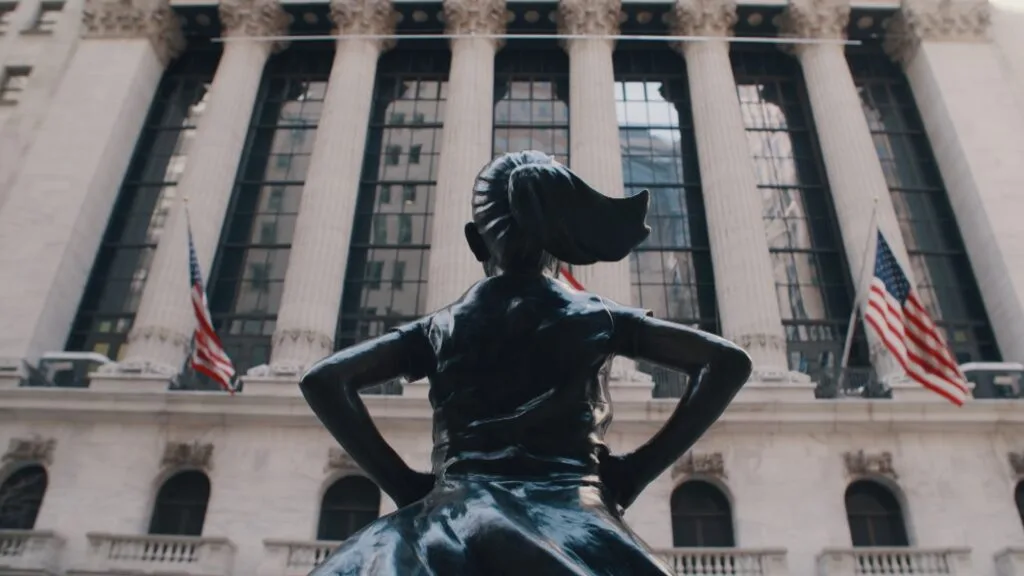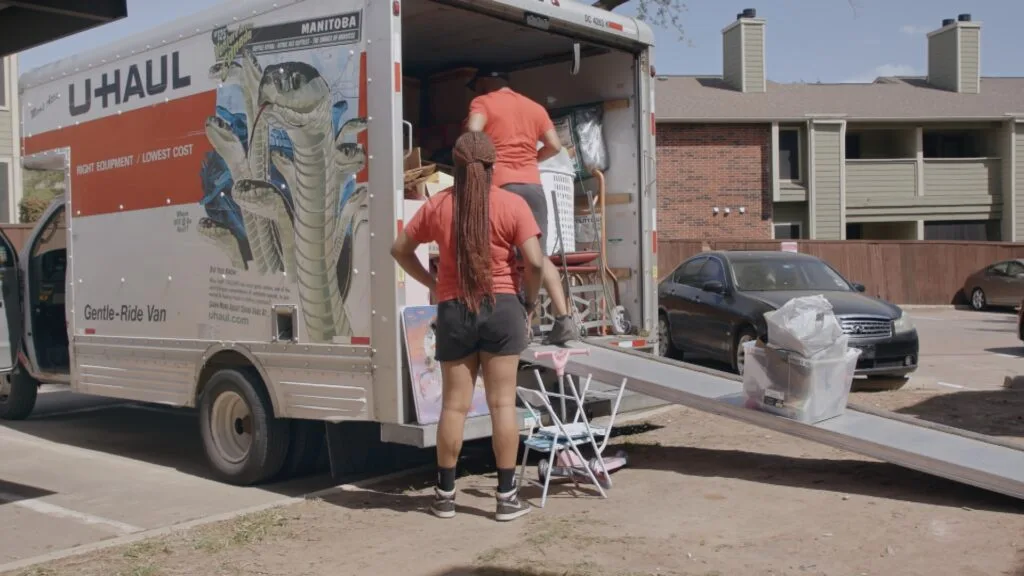She Lost Two Daughters in a Deadly Truck Crash a Decade Ago and Has Advocated For Stronger Regulations Since
June 13, 2023
Share
It happened on May 4, 2013.
Marianne Karth was driving with her son, Caleb, and two teenage daughters, AnnaLeah and Mary, on a Georgia interstate when she hit traffic and slowed down. But as she recalls, a car-carrier trailer hit her car, causing it to spin around and slide backwards underneath another truck.
“AnnaLeah and Mary were in the back seat,” Karth tells FRONTLINE correspondent A.C. Thompson in the above excerpt from America’s Dangerous Trucks. “AnnaLeah died instantly and Mary a few days later from her injuries.”
“I was in that crash,” Karth says. “But the difference was, my part of the car didn’t go under the truck.” Karth says she was injured and her son who was in the front seat had a minor concussion, but he was discharged from the hospital the night of the accident.
Hundreds of people die every year in crashes in which a car slides under a large truck, accidents known as underride crashes. America’s Dangerous Trucks, a collaboration between FRONTLINE and ProPublica, investigates how, for decades, federal regulators proposed new rules to try to prevent underride crashes. Over and over, pushback from trucking industry lobbyists won the day, leaving drivers of smaller vehicles vulnerable.
When Karth’s crash happened in 2013, most large trucks were required to have rear guards, according to a 1998 rule issued by the National Highway Traffic Safety Administration (NHTSA). The guards are typically made of a few pieces of steel attached to the back of the trailer. But that rule didn’t have a strength testing requirement, and later crash tests revealed many of the approved models collapsed or fell off on impact, leaving nothing to prevent the car from sliding under the truck.
That’s what Karth says happened in the crash that killed her two daughters. She said that although the rear guard met the 1998 federal standard, it “just came off onto the ground and totally came off the truck.”
“So if it had been strong enough to withstand that crash and been properly attached, it’s possible that your daughters would be alive?” Thompson asked.
“It’s possible that my daughters would be alive,” Karth responded.
Karth and her husband, Jerry Karth, would spend the next decade advocating for stronger safety regulations aimed at preventing underrides. She says she learned how political shifts and industry lobbying can interfere with issuing new policies. It wasn’t until last year — nine years after Karth’s tragic crash — that NHTSA issued an updated standard requiring stronger rear guards after being directed to do so in 2021 by the bipartisan infrastructure bill. That delay left millions of dangerous trucks on the road.
FRONTLINE and ProPublica’s investigation found that the delay in updating federal regulations around underride guards followed a pattern. When NHTSA proposed a rear guard rule in 1981, it faced fierce pushback from the trucking industry’s largest trade group. The group, American Trucking Associations, argued the proposed guards would cost their industry over $2 billion over 14 years and save fewer than 60 lives a year. The ATA eventually changed its position on rear guards but continued to oppose other safety measures for years. It wasn’t until the 1998 rule that NHTSA required trucks to have tougher rear guards. America’s Dangerous Trucks shows that the trucking industry has repeatedly pointed to a lack of data on underride deaths, and the costs associated with new safety measures, in opposing new regulation.
NHTSA declined to be interviewed for the documentary but told ProPublica and FRONTLINE in an email that safety is their top priority, and that they had taken steps over the years to reduce underrides. In the past, agency officials have insisted that their relationship with industry is proper and their decisions are based on data.
“I’ve gotten a practical education that I never would have gotten otherwise, about how rulemaking and legislation, you know, developing laws and getting laws passed and how much lobbying goes on and how much tug of war there is,” Karth says in the excerpt.
For the full story, watch America’s Dangerous Trucks:

Email:
julia_ingram@wgbh.orgRelated Documentaries
Latest Documentaries
Related Stories
Related Stories
Policies
Teacher Center
Funding for FRONTLINE is provided through the support of PBS viewers and by the Corporation for Public Broadcasting. Additional funding is provided by the Abrams Foundation; Park Foundation; the John D. and Catherine T. MacArthur Foundation; and the FRONTLINE Journalism Fund with major support from Jon and Jo Ann Hagler on behalf of the Jon L. Hagler Foundation, and additional support from Koo and Patricia Yuen. FRONTLINE is a registered trademark of WGBH Educational Foundation. Web Site Copyright ©1995-2025 WGBH Educational Foundation. PBS is a 501(c)(3) not-for-profit organization.


























